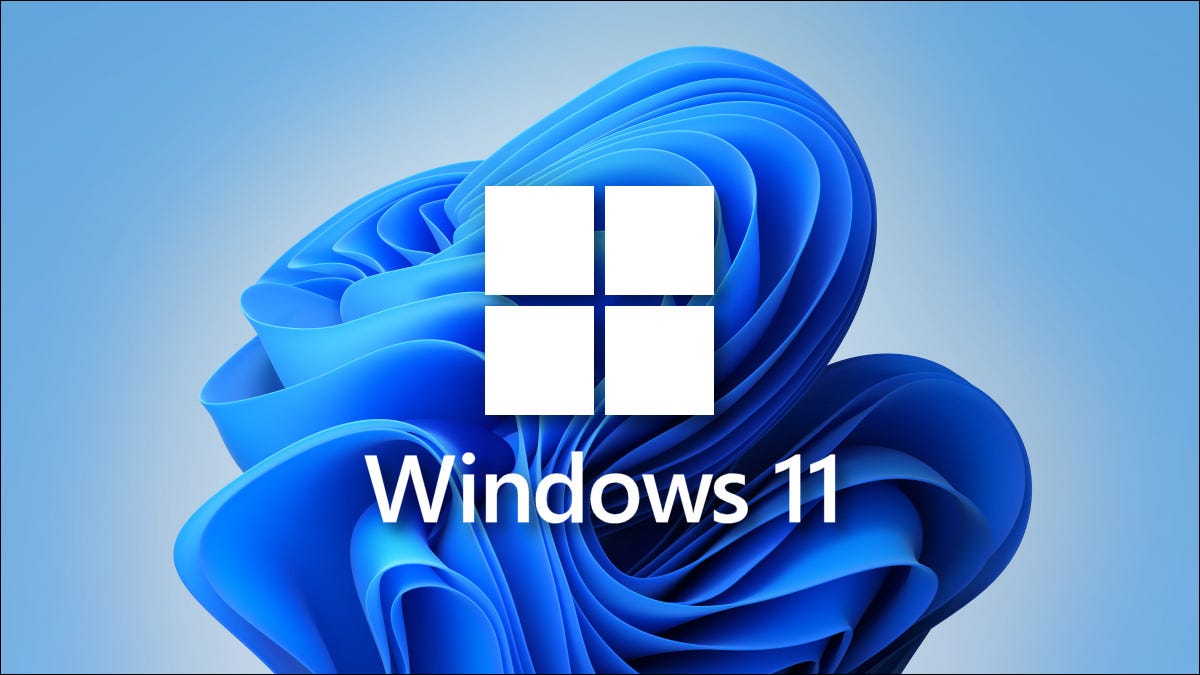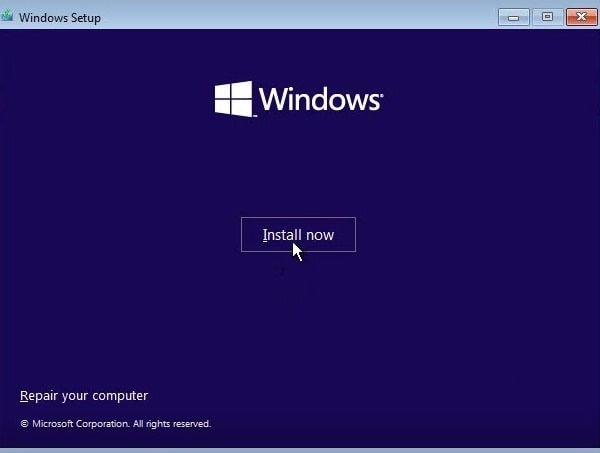
Once finished, you can eject the drive and use it to perform a clean install on any compatible system you like by starting the machine and booting directly from the USB drive.It will take a little while for the process to complete, depending on the speed of your USB stick of course.Click the 'Select' button to navigate to the location of the Windows 11 ISO file and choose it and then click 'Start'.

Make sure that in the 'Device' drop down you select the target USB drive.

This will need to be at least 8GB in size and the process will delete any files currently on there, so you will need to remove anything you wish to keep. Insert the USB drive you want the Windows 11 ISO mounted on.Microsoft recommends a third-party app, called Rufus (opens in new tab), because it is relatively easy to use and lightweight in terms of system resources. If you selected the Custom option, select a hardware compatibility setting.You can also create a bootable USB stick to install the Windows 11 Insider Preview on different devices.You must select the custom configuration type to make a different virtual machine version than the default hardware compatibility setting, specify the I/O adapter type for SCSI adapters, specify whether to create an IDE, SCSI, SATA, or NVMe virtual disk, use a physical disk instead of a virtual disk, use an existing virtual disk, or allocate all virtual disk space rather than let disk space gradually grow to the maximum disk size. The typical configuration type is appropriate in most instances. The wizard prompts you to specify or accept defaults for basic virtual machine settings. Select the configuration type and click Next.If the host is connected to a remote server, select File > New Virtual Machine > On this Computer.



 0 kommentar(er)
0 kommentar(er)
